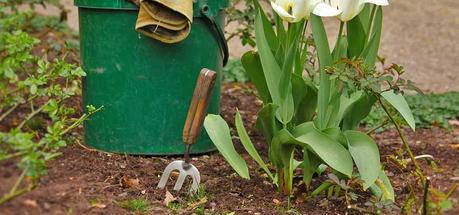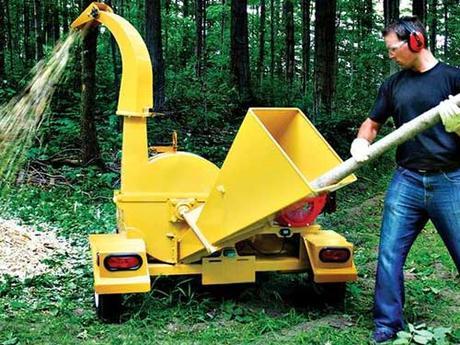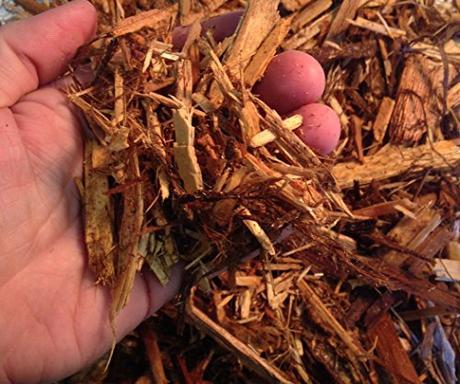 There are many ways your garden can benefit from mulching. Different types of mulch can help the soil conserve water, improve its quality, protect the roots from extreme temperatures and slow down the growth of weeds. On the other hand, decorative mulching adds color and texture to the flower beds and other points of interest in your garden. Applying mulch is relatively easy, but only through learning the fine skills can you make your garden really stand out.
There are many ways your garden can benefit from mulching. Different types of mulch can help the soil conserve water, improve its quality, protect the roots from extreme temperatures and slow down the growth of weeds. On the other hand, decorative mulching adds color and texture to the flower beds and other points of interest in your garden. Applying mulch is relatively easy, but only through learning the fine skills can you make your garden really stand out.
Know your mulch
Before you start, you should know that there are different types of mulch for different purposes. Pine needles are excellent weed deterrent, just remember not to use them near plants that don’t tolerate acidic soil. Although expensive, cocoa hulls are among the most beautiful decorative mulches and their dark brown earth-like appearance blend easily into the surroundings. Keep in mind that biodegradable mulches like straw, grass clippings, and wood chips break down over time, enriching the soil, while rock or tumbled glass stay there forever.
Where to get it?

Use a wood chipper to make your own mulch
There are two kinds of mulch – paid mulch and free mulch. If you are looking for more exotic or decorative mulching material, ask in your local home center. However, if you need to cover large areas, there are several ways you can get mulch for free. It goes without saying that you can use grass clippings and chopped leaves from your garden, but they decompose fairly quickly. If you cannot find a fell tree to run through a wood chipper yourself, ask your local tree trimming service to dump a load of chipped or shredded wood in your driveway. They have to pay to dump it elsewhere, so they’ll be happy to help.
Mulching Tip
Whether you make your own chippings or get them from the tree service, let them compost somewhere before you use them, as this way, they will lose some of their acidity.Prepare the area
If you are mulching for weed control, pull the weeds from the area and enrich the soil as you are turning it over. Also, remove the dead leaves and trimmings. Use a mud rake to smooth and even out the surface before applying mulch. Keep in mind that mulch will give extra few inches to your lawn. To prevent it from spilling onto the walkways, you need a 2- or 3-inch trench all around the lawn perimeter. It will also help kill the weeds and grass on the edges. Once you complete the trench, place a wide bender board in it. Leave it 1-2 inches above the concrete to keep mulch in place and off the walkway.
What to mulch?
It’s become a trend in drought areas like southern California to mulch the entire yards. This way you don’t have to worry about water bills, and it is also convenient if you have to go on a business trip and be away from home for weeks. Most homeowners will mulch only flower beds and the area around trees in order to preserve moisture. Mulching around artificial objects like, outdoor seats, mailboxes, birdbaths, and lampposts can make your garden look as if you hired a professional landscaper. You can combine mulch and grass pavers to create an intricate stepping-stone-like walkway through the garden.
Tip: For mulching around a tree or a post, use stones or roof tiles to make a circle that will hold mulch in place. It also makes your yard look neat.
How to spread mulch?

Organic mulches break down over time, so remember to renew them every few years. Before you add a new layer, dig the old one into the soil and let it decompose. That way you can have both mineral-rich soil and a decorative layer of mulch on top.
